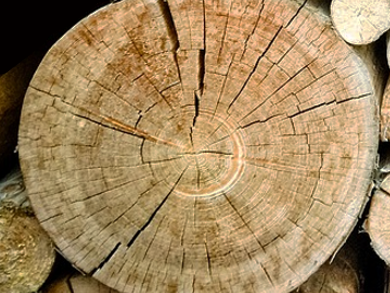Hans Pretzsch, Technical University of Munich, Germany, and colleagues have studied wood samples from common European species such as spruce, pine, beech, and oak to understand how climate change has impacted trees over the past 150 years. Using a state-of-the-art high-frequency probe technology, the specific gravity of the wood can be measured in an accuracy and resolution that until recently was unthinkable.
The data showed that, as expected, the volume growth of trees in Central Europe has increased significantly in recent decades. Depending on the species, the trees have grown 29 to 100 % in volume since 1900. In the same period, wood density has decreased by 8 to 12 %. The reason for this effect is faster growth but has also other reasons. The lower wood density could be related to the long-term increase in temperature and the associated increase in the growing season. In addition, nitrogen inputs from agriculture, transport, and industry could contribute to the effect.
The observations are bad news in two ways: First, lighter wood is less stable and its energy content is lower. This is crucial for many uses, from timber construction to energetic use. At the same time, less stable wood in living trees increases the risk of damaging events such as wind and snow breakage in forests. Secondly – and this is arguably the most important outcome for both practice and policy – the current climate-effective carbon sequestration of forests is overestimated because it is calculated using outdated wood densities. Due to lower wood density, trees store less CO2 than expected.
- Wood density reduced while wood volume growth accelerated in Central European forests since 1870,
Hans Pretzsch, Peter Biber, Gerhard Schütze, Julia Kemmerer, Enno Uhl,
Forest Ecol.Managem. 2018.
https://doi.org/10.1016/j.foreco.2018.07.045




